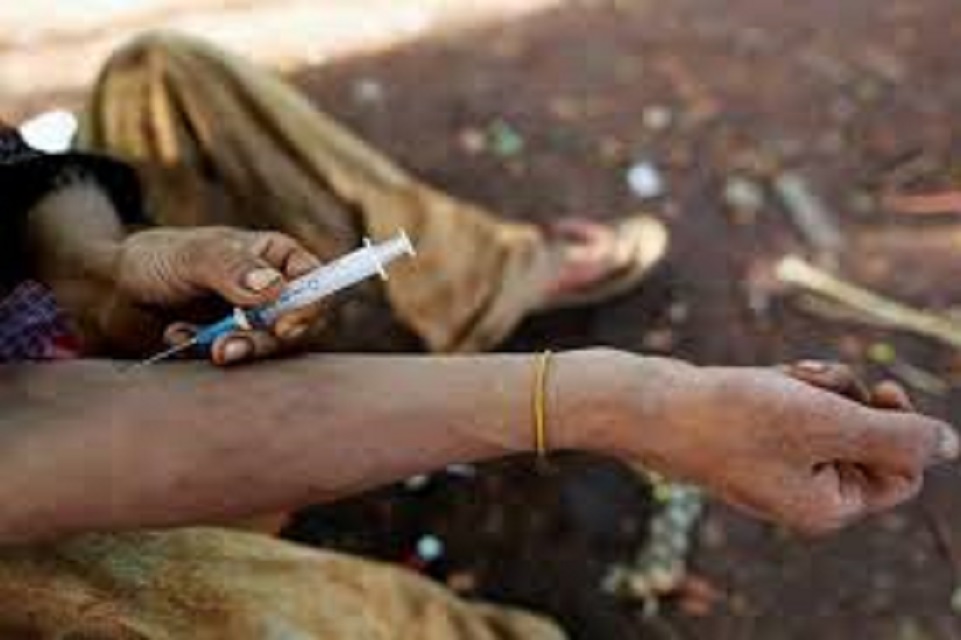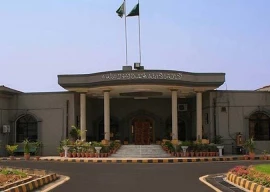
Moreover, 80 per cent of the morphine and 85 per cent of the heroin seized by Iran were trafficked from Pakistan, says a UN document.
A marked increase in opium poppy cultivation and a gradual increase in opium poppy yields in Afghanistan resulted in the production of opium in the country, reaching 9,000 tonnes in 2017, an increase of 87 per cent from the previous year, says the World Drug Report released earlier on Wednesday.
The document that has been divided into five booklets brings to light some startling revelations about the global drug trade, which includes opium, poppy, heroin and morphine trade involving this region—Afghanistan, Pakistan and Iran and adjoining countries.
In 2016, 80 per cent of the morphine and 85 per cent of the heroin that Iran said it had seized had been trafficked into the country through Pakistan with the rest being smuggled directly from Pakistan, according to the document.
Moreover, there are significant amounts of Afghan opiates remain in the region for local consumption. As much as 32 tonnes of morphine and heroin were seized by Iran in 2016.
“Some Afghan opiates are trafficked to Europe through the so-called southern route, which goes from Afghanistan to Pakistan (and partly to the Islamic Republic of Iran) for subsequent shipment to the Gulf countries and East Africa and onward trafficking to Europe, either directly by air or via Southern or West Africa by air or sea,” said the report.
“Alternatively, drugs are trafficked along the southern route to India and other countries in South Asia for subsequent shipment to Europe or North America (mostly Canada).”
“Among the drivers of that increase were political instability, lack of government control and reduced economic opportunities for rural communities, which may have left the rural population vulnerable to the influence of groups involved in the drug trade.”
The surge in the opium poppy cultivation in Afghanistan meant that the total area under opium poppy cultivation worldwide had increased by 37 per cent from 2016 to 2017, to almost 420,000 hectares.
More than 75 per cent of that area is in Afghanistan. Overall seizures of opiates rose by almost 50 per cent from 2015 to 2016. The quantity of heroin seized globally reached a record high of 91 tonnes in 2016. Most opiates were seized near the manufacturing hubs in Afghanistan, said the World Drug Report 2018.
“The increase in production in Afghanistan was not only due to an increase in the area under poppy cultivation but also to improving opium yields. There is no single reason for the massive increase in opium poppy cultivation in Afghanistan in 2017 as the drivers are multiple, complex and geographically diverse, and many elements continue to influence farmers’ decisions regarding opium poppy cultivation. A combination of events may have exacerbated rule-of-law challenges, such as political instability, corruption, a lack of government control and security. The shift in strategy by the Afghan government — focusing its efforts on countering anti-government elements in densely populated areas — may have made the rural population more vulnerable to the influence of anti-government elements.”
A reduction in the engagement of the international aid community may also have hindered socioeconomic development opportunities in rural areas, according to the report. As a result of the massive increase in opium production in 2017, opium prices fell in Afghanistan by 47 per cent from December 2016 to December 2017.
However, the price of high-quality Afghan heroin decreased by just seven per cent over the same period, which may be an indication, that heroin manufacture to date has increased far less than opium production.
Of the 10,500 tonnes of opium produced worldwide in 2017, it is estimated that some 1,100–1,400 tonnes remained unprocessed for consumption as opium, while the rest was processed into heroin, resulting in an estimate of between 700 and 1,050 tonnes of heroin manufactured worldwide (expressed at export purity), 550–900 tonnes of which were manufactured in Afghanistan, says the report.

1732090022-0/Elmo-and-Amelia-(1)1732090022-0-165x106.webp)
1725523665-0/Minecraft-Movie-(1)1725523665-0-165x106.webp)

1732089759-0/BeFunky-collage-(75)1732089759-0-165x106.webp)



1732094891-0/Copy-of-Untitled-(52)1732094891-0-270x192.webp)

1732090878-3/Untitled-design-(22)1732090878-3-270x192.webp)






COMMENTS
Comments are moderated and generally will be posted if they are on-topic and not abusive.
For more information, please see our Comments FAQ